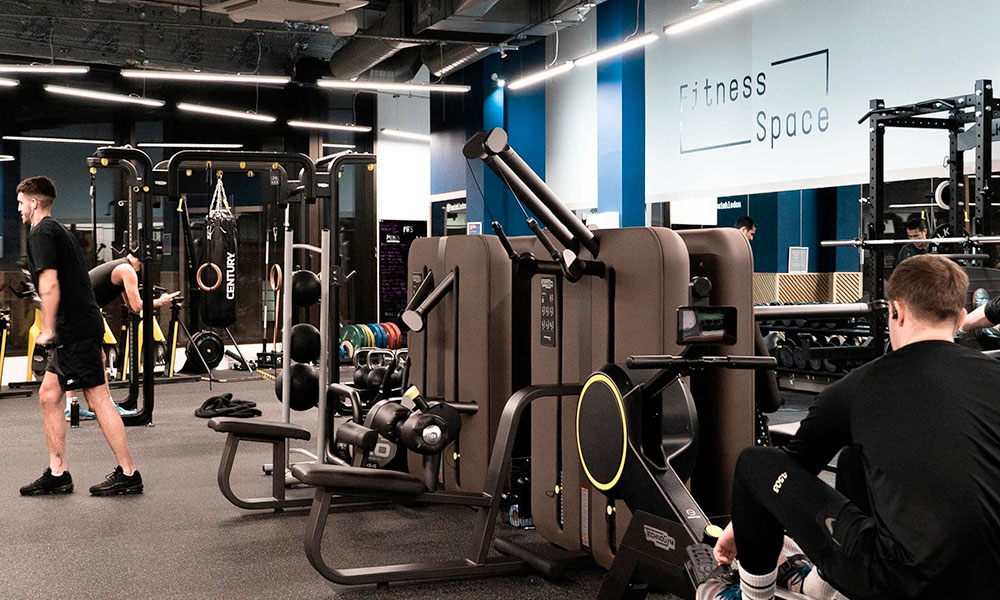Physical Address
304 North Cardinal St.
Dorchester Center, MA 02124


Exercise is an important part of maintaining a healthy lifestyle, but it’s only one piece of the puzzle. How you recover after a workout is equally important, influencing your fitness gains and reducing the risk of injury. Effective recovery can transform your fitness process, helping you to bounce back faster and stronger. Here are some useful recovery methods that include stretching, foam rolling, nutrition, and hydration tips to minimise soreness and optimise your post-workout recovery.
Stretching after a workout is important for flexibility and can significantly reduce muscle stiffness and soreness. Incorporating a 10-15 minute cool-down phase with static stretches targeting major muscle groups helps in gradually decreasing heart rate while promoting muscle recovery. Focus on gentle, sustained stretches for at least 30 seconds per muscle group to enhance flexibility and circulation.
Foam rolling, or self-myofascial release, is a technique that can help relieve muscle tightness, soreness, and inflammation. By applying pressure to specific points on your body, you aid in the recovery of muscles and help in returning them to normal function. Foam rolling can be particularly effective before stretching to improve the efficacy of the stretch. Spending 5-10 minutes rolling out major muscle groups can make a significant difference in how you feel and perform.
What you eat after a workout plays an important role in your recovery process. Protein is essential for muscle repair, while carbohydrates are crucial for replenishing glycogen stores that are depleted during exercise. Aim for a snack or meal that combines protein and carbohydrates within 45 minutes of finishing your workout. Additionally, anti-inflammatory foods like berries, salmon, and leafy greens can help speed up recovery by reducing muscle soreness.
Water supports every metabolic function and nutrient transfer in the body and having plenty of water will improve every bodily function. Hydration is critical for recovery, helping to transport nutrients to your muscles and remove waste products from your body. After exercising, replenish fluids lost through sweat by drinking water or an electrolyte-rich beverage to restore hydration balance and aid in recovery.
Active recovery, involving gentle movement such as walking, yoga, or light cycling, can be beneficial the day after a strenuous workout. This type of low-intensity exercise can help reduce muscle soreness and improve circulation, facilitating the healing process without placing undue stress on the muscles.
Finally, never underestimate the power of a good night’s sleep. Rest is when your body repairs itself. Ensuring you get 7-9 hours of quality sleep per night can improve recovery times, boost performance, and contribute to overall health and well-being.
Recovery is an integral part of any fitness regimen. By incorporating these techniques into your post-workout routine, you can minimise soreness, reduce the risk of injury, and bounce back faster, ready for your next workout. Remember, your body’s ability to recover is just as important as the effort you put into your workouts, making it essential to prioritise these recovery methods as part of your overall fitness strategy.